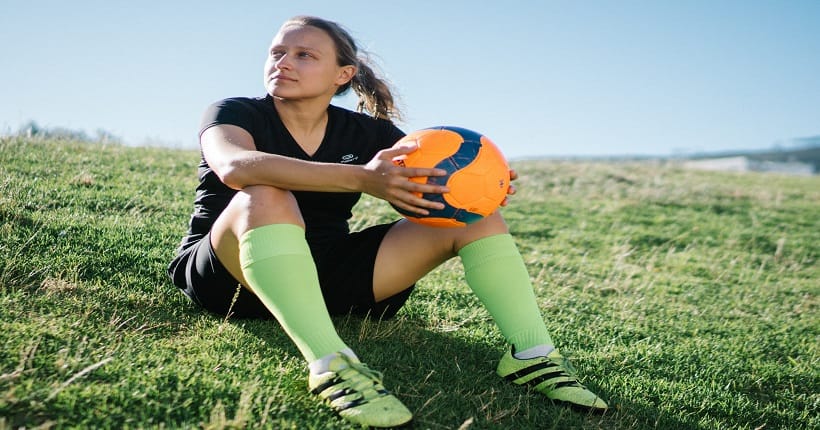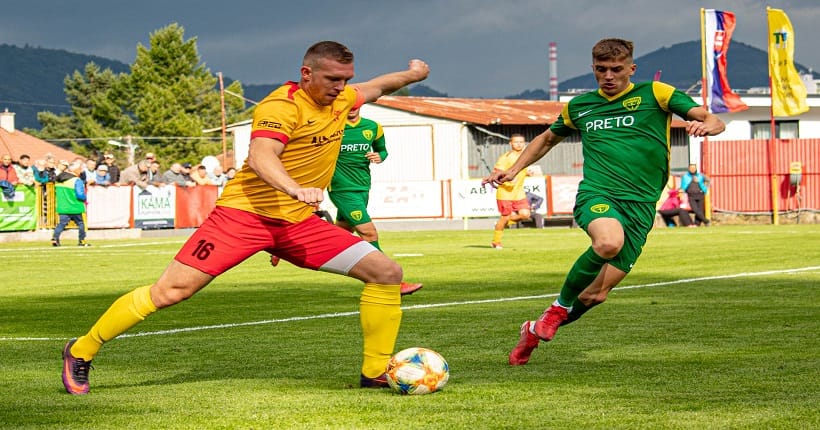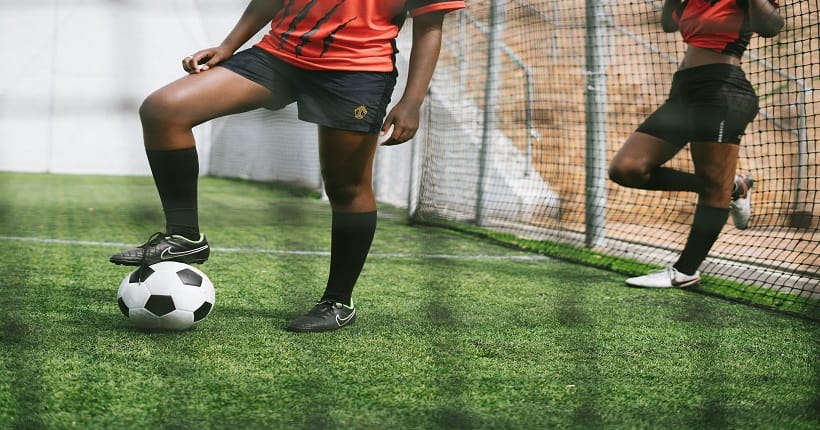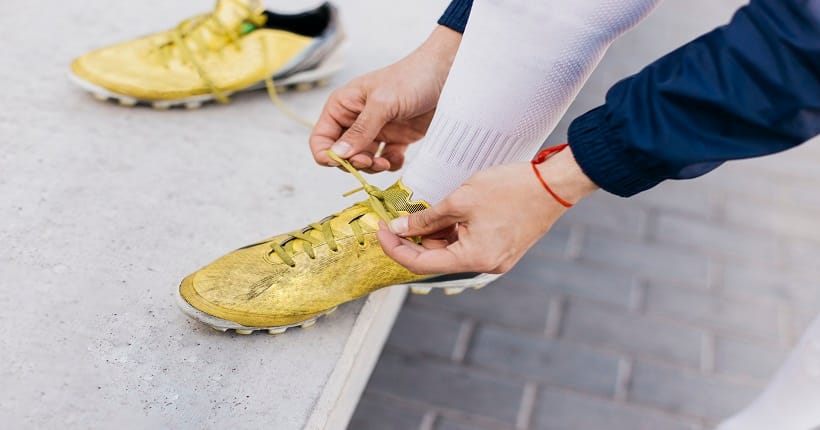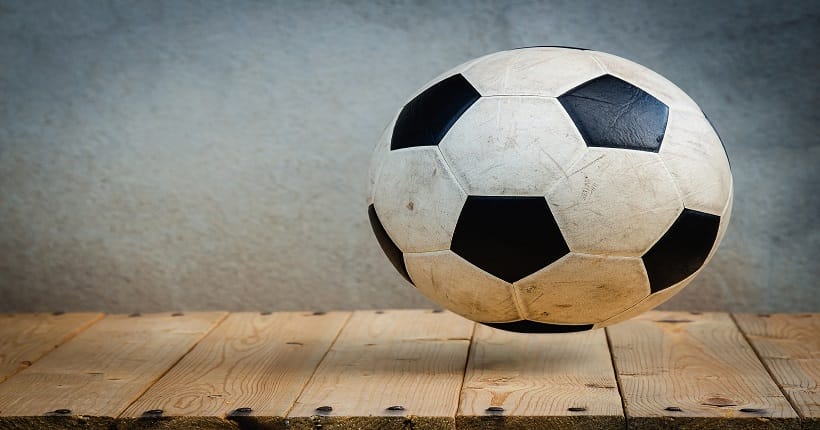What Is The Difference Between Football And Soccer Cleats?
Football cleats and soccer cleats are the same type of footwear, designed specifically for playing on natural grass surfaces. They provide traction and stability, allowing players to make quick cuts and changes in direction on the field.
The Difference Between Football And Soccer Cleats
When it comes to playing football or soccer, having the right footwear is essential. While the terms “football” and “soccer” are often used interchangeably, the sports themselves have distinct differences – and so do their respective cleats. In this article, we delve into the nuances of construction and design variations, as well as the purpose and functionality differences between football and soccer cleats.
Construction And Design Variations
Football cleats are specifically designed for use on natural grass fields. These cleats typically have molded studs or blades affixed to the outsole, providing excellent traction on a sturdy surface. The studs may vary in shape, length, and arrangement, depending on player preferences and position requirements. Some football cleats also feature a toe cleat that offers additional grip when changing direction quickly. The uppers of football cleats are crafted from durable synthetic materials that provide stability, support, and protection against tackles and impact.
On the other hand, soccer cleats are designed for use on various playing surfaces, including natural grass, artificial turf, or indoor courts. Soccer cleats have smaller and often interchangeable studs or cleats that allow players to adapt to different field conditions. The studs may be conical or bladed, offering stable traction without being too aggressive. Additionally, soccer cleats have thinner, lighter uppers made from materials such as leather or synthetic fabrics, prioritizing fit, flexibility, and ball control. This design allows soccer players to enjoy a more natural feel for the ball and optimize their speed and agility on the field.
Purpose And Functionality Differences
The purpose of football cleats is to maximize traction and stability on natural grass fields. With their longer and more pronounced studs, football cleats provide excellent grip and prevent slippage, especially during quick changes of direction or in wet playing conditions. The sturdy construction and ankle support of football cleats also prioritize protection against tackles and impacts. Football cleats are usually more robust and durable to withstand the physical demands of the sport.
In contrast, soccer cleats are designed to optimize performance across different playing surfaces. The smaller studs provide adequate traction on natural grass, while also allowing flexibility for use on artificial turf or indoor courts. The lightweight construction of soccer cleats enhances mobility and touch, allowing players to execute precision movements and ball control. The thinner uppers of soccer cleats ensure a snug fit and better feel for the ball, enabling players to manipulate it with greater accuracy and finesse.
When choosing between football and soccer cleats, it’s crucial to understand the distinctive construction, design, and functionality aspects that cater to the specific demands of each sport. Whether you’re sprinting on the football pitch or dribbling through opposition on the soccer field, the right cleats can make a significant difference in your performance.
Key Features To Consider When Choosing Football Cleats
Football cleats are essential for performance and safety on the field. Selecting the right pair of cleats can greatly impact a player’s agility, control, and comfort during the game. When choosing football cleats, it’s important to consider several key features. Here are the main factors you should keep in mind.
Stud Patterns And Traction
The stud patterns and traction of football cleats play a crucial role in a player’s ability to accelerate, change direction, and maintain balance on the field. Different stud patterns are designed for specific playing surfaces, such as natural grass, artificial turf, or indoor courts. The most commonly used stud patterns are:
| Stud Pattern | Surface Type |
|---|---|
| Firm Ground (FG) | Natural grass |
| Soft Ground (SG) | Wet or soft natural grass |
| Artificial Ground (AG) | Artificial turf |
| Indoor Court (IC) | Indoor or street surfaces |
It’s important to choose cleats with the appropriate stud pattern for the playing surface. This ensures optimal traction, reduces the risk of slipping, and improves overall performance.
Upper Materials And Construction
The upper materials and construction of football cleats affect their durability, comfort, and flexibility. Common materials used for cleat uppers include leather, synthetic leather, synthetic fibers, and mesh. Leather cleats offer excellent durability and a traditional feel, but may require a break-in period. Synthetic materials are often lighter and offer better water resistance. Cleats with mesh uppers provide breathability and a lightweight feel.
Consider your playing style and the playing conditions when selecting the material and construction of your football cleats. A player who needs more protection may opt for leather or synthetic leather, whereas someone who values speed and agility may prefer lightweight synthetic materials.
Supportive Features
Football cleats with supportive features can help prevent injuries and provide added stability during intense gameplay. Some key supportive features to consider include:
- Ankle Support: Cleats with a higher collar or ankle strap offer additional ankle support and stability.
- Cushioning: Adequate cushioning in the midsole and insole helps absorb impact and reduce the risk of foot fatigue.
- Lacing System: Look for cleats with a secure lacing system that allows for a customizable fit.
- Heel Counter: A stiff heel counter provides stability and prevents excessive foot movement within the cleat.
Choosing cleats with supportive features that align with your playing style and personal preference can enhance your overall performance and reduce the risk of injuries.
When choosing football cleats, consider stud patterns and traction for optimal performance, evaluate upper materials and construction based on playing style and conditions, and prioritize supportive features for added stability and injury prevention. By carefully considering these key features, you can select the perfect pair of football cleats to elevate your game on the field.
Key Features To Consider When Choosing Soccer Cleats
When it comes to choosing the right soccer cleats, there are a few key features that every player should consider. Understanding these features will not only help you find the perfect pair of cleats but also enhance your performance on the field. From the soleplate design and traction to the upper materials and construction, as well as the fit and feel factors, each aspect plays a crucial role in how well your cleats perform. In this article, we will delve into these key features in detail to help you make an informed decision when selecting your next pair of soccer cleats.
Soleplate Design And Traction
One of the most important features to consider when choosing soccer cleats is the soleplate design and traction. The soleplate is the bottom part of the cleat that comes into direct contact with the ground. It determines the type of traction and stability you will have while running, turning, and stopping on the field. There are different types of soleplate designs available, such as conical studs, bladed studs, and hybrid studs. Each design offers a unique combination of grip, maneuverability, and stability. Additionally, the type and configuration of the studs or blades also play a role in determining the traction on various surfaces. For example, longer studs are ideal for soft ground, while shorter studs are better suited for firm ground.
Upper Materials And Construction
The upper materials and construction of soccer cleats also contribute significantly to their performance. The upper is the portion of the cleat that covers the foot and provides support, comfort, and durability. Different materials, such as leather, synthetic materials, and knitted fabrics, offer distinct qualities that affect the overall feel and performance of the cleats. Leather cleats are known for their flexibility and excellent touch on the ball, while synthetic materials are often lighter and more resistant to water absorption. Knitted fabrics, on the other hand, provide a sock-like fit and enhanced breathability. The construction of the upper, including stitching, overlays, and lacing systems, also impacts factors like support and ball control.
Fit And Feel Factors
The fit and feel of soccer cleats are essential for maximizing comfort and performance on the field. A proper fit ensures that the cleats are snug but not overly tight, allowing for natural foot movements without sacrificing stability. When trying on cleats, pay attention to the width, length, and overall shape of the shoe to find the right size for your feet. Additionally, factors like padding, insoles, and ankle support contribute to the overall feel of the cleats. Some players prefer a slightly cushioned feel, while others prioritize a minimalist design for a more natural connection with the ground. Ultimately, finding the right fit and feel factors is crucial for optimal performance and minimizing the risk of discomfort or injuries.
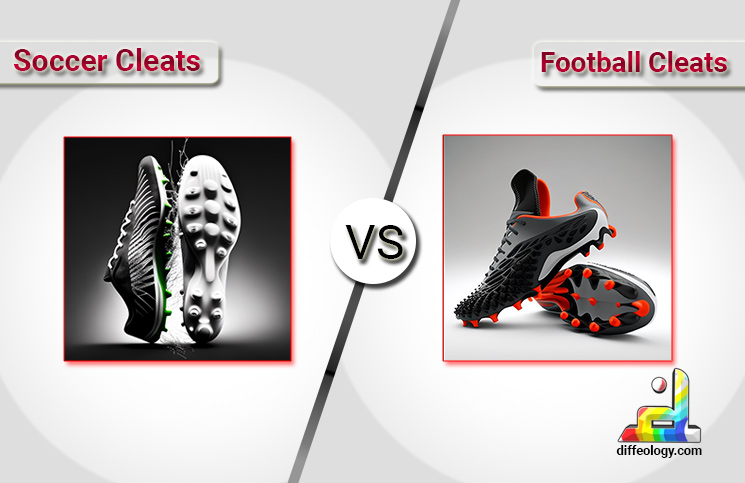
Credit: www.escapeauthority.com
Frequently Asked Questions On What Is The Difference Between Football And Soccer Cleats?
Do Soccer Cleats Have More Grip Than Football Cleats?
Soccer cleats typically offer more grip than football cleats due to their design for quick turns and sharp movements on grass. They have shorter, more numerous studs that provide better traction on the field.
Why Are Soccer Cleats So Light?
Soccer cleats are light to provide athletes with agility and speed on the field. The lightweight design allows players to move quickly and change direction easily. This enhances their performance and helps prevent fatigue, allowing them to focus on the game.
Is There A Difference In Soccer Cleats?
Yes, there are differences in soccer cleats. They vary in design, traction, materials, and support, providing players with specific qualities for different playing styles and field conditions. Some cleats are made for speed, others for control or agility. It’s important to choose the right cleats for your needs.
How To Tell The Difference Between Football Baseball And Soccer Cleats?
Football cleats have studs for traction on grass, soccer cleats have a low-profile design for agility and grip on turf, and baseball cleats have metal or rubber studs for traction on dirt or grass. Look for the sole and stud configuration to tell the difference.
What Is The Difference Between Football And Soccer Cleats?
Football cleats are designed for playing American football, while soccer cleats are specifically made for playing soccer.
Are Football And Soccer Cleats Interchangeable?
Football and soccer cleats are not interchangeable due to the different stud patterns and designs for each sport.
Conclusion
To sum up, football and soccer cleats may seem similar, but they have unique characteristics that cater to the specific demands of each sport. Football cleats prioritize traction and support on grassy fields, while soccer cleats focus on agility and ball control on both grass and artificial turf.
Understanding these differences will help players make informed decisions when choosing the right cleats for their game. So, whether you’re a football or soccer enthusiast, selecting the appropriate footwear is crucial for optimal performance on the field.

